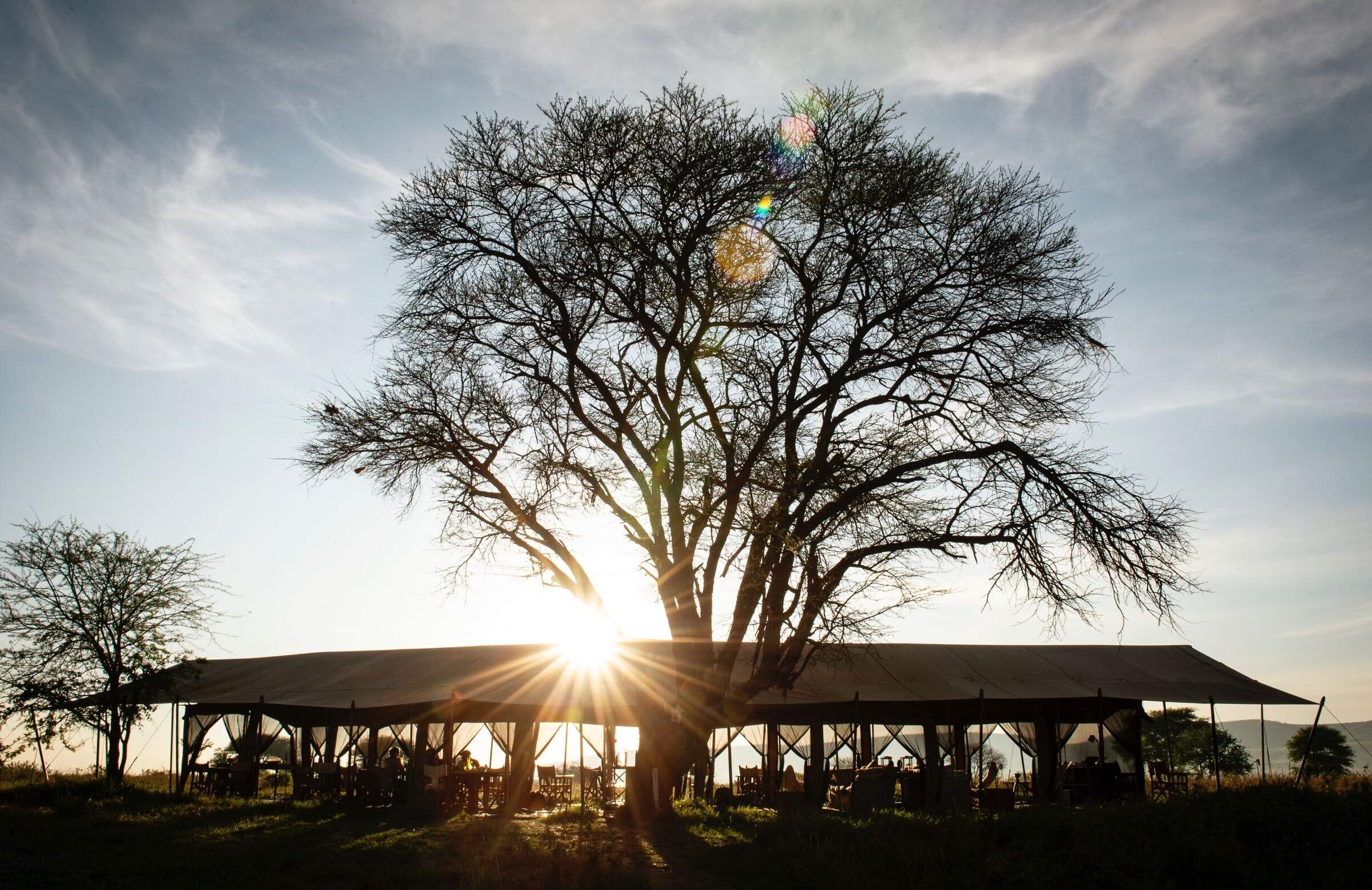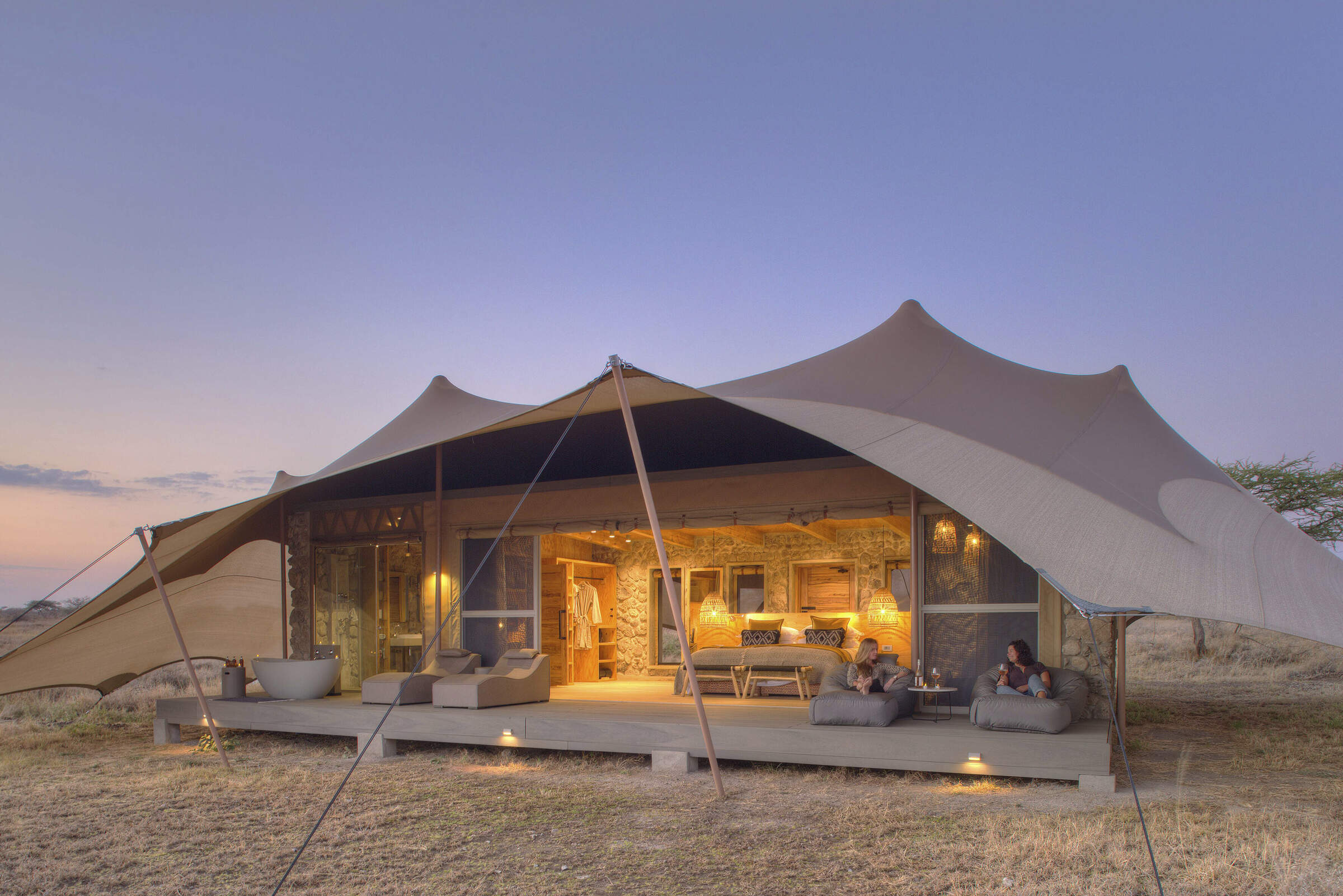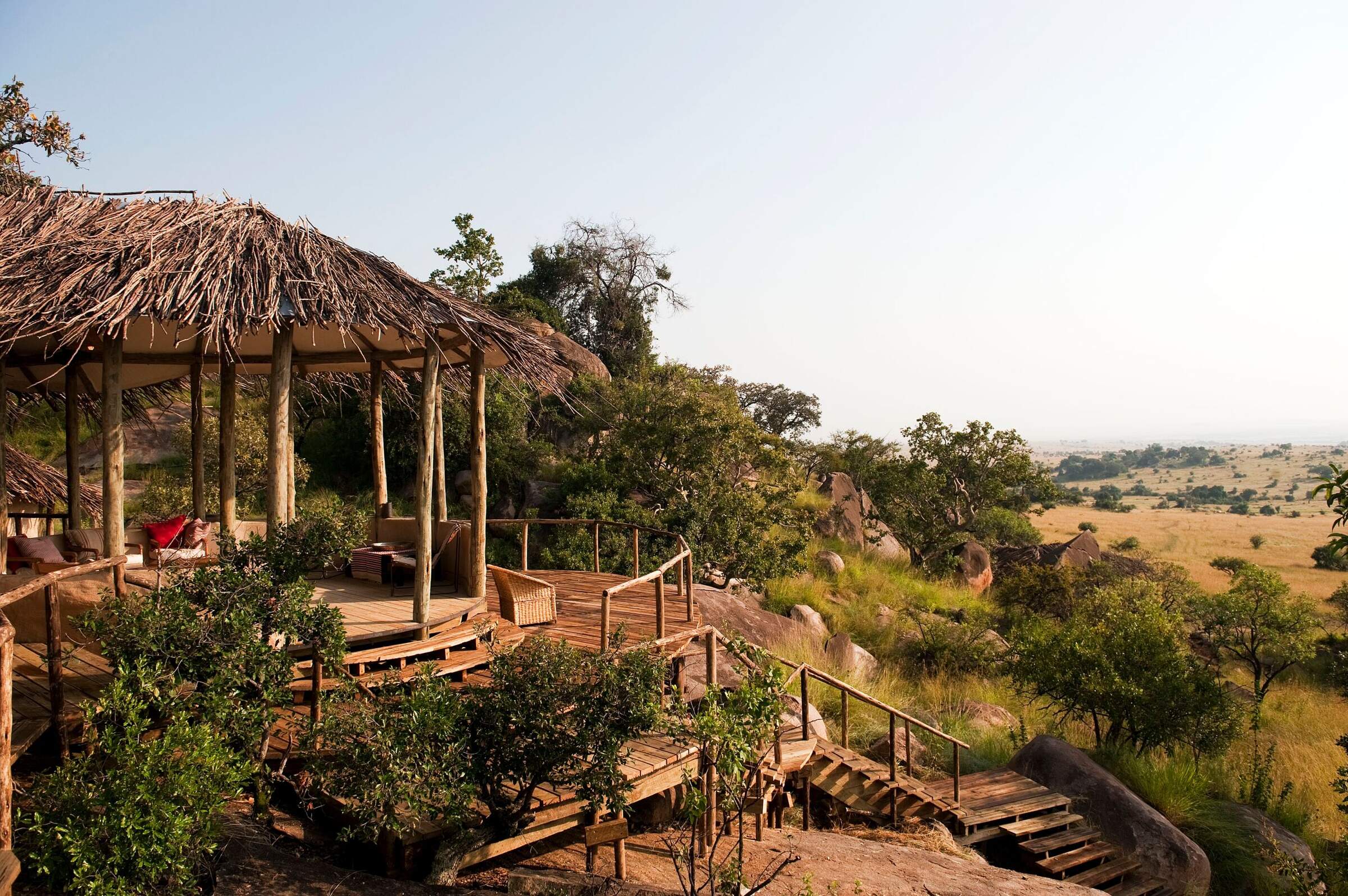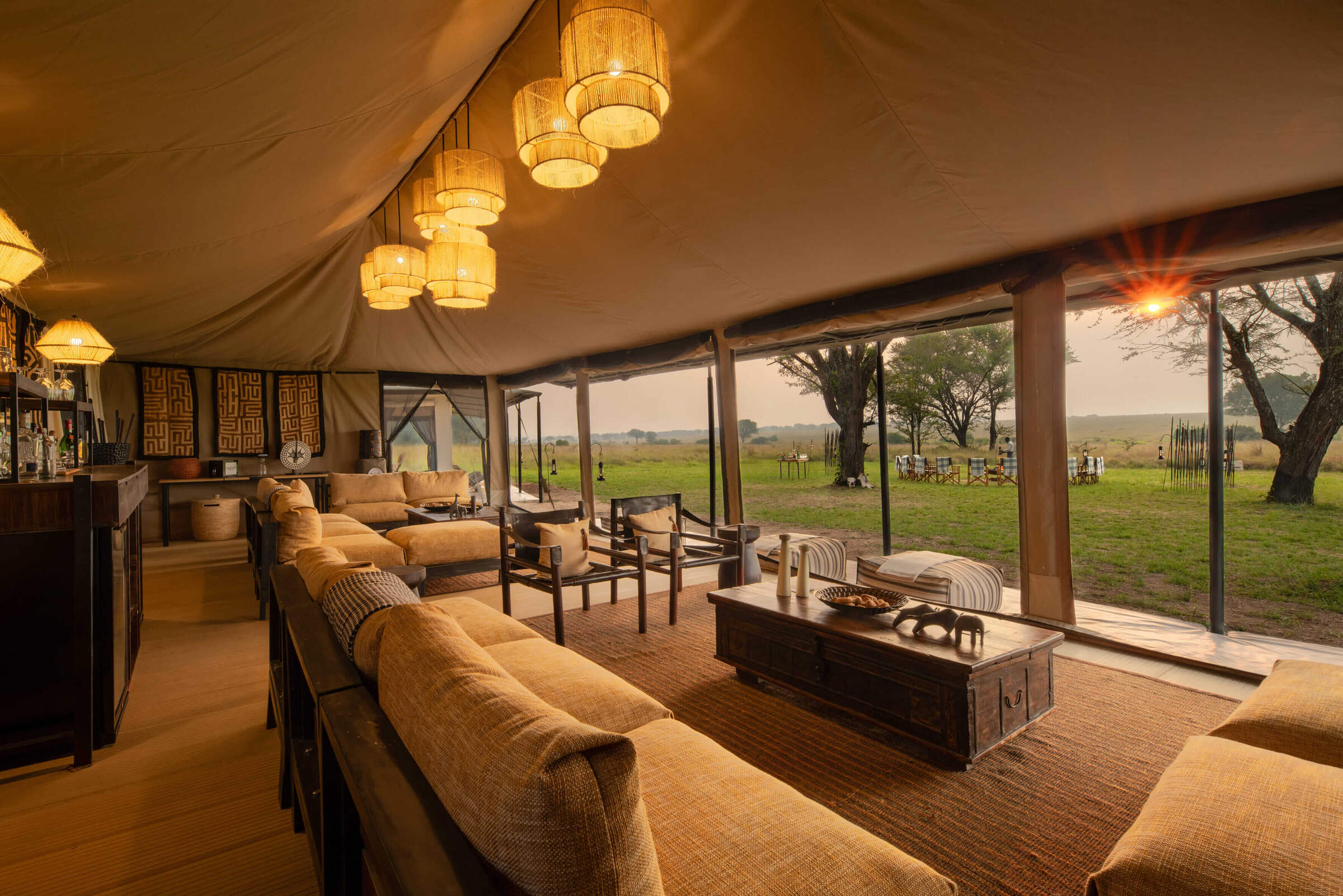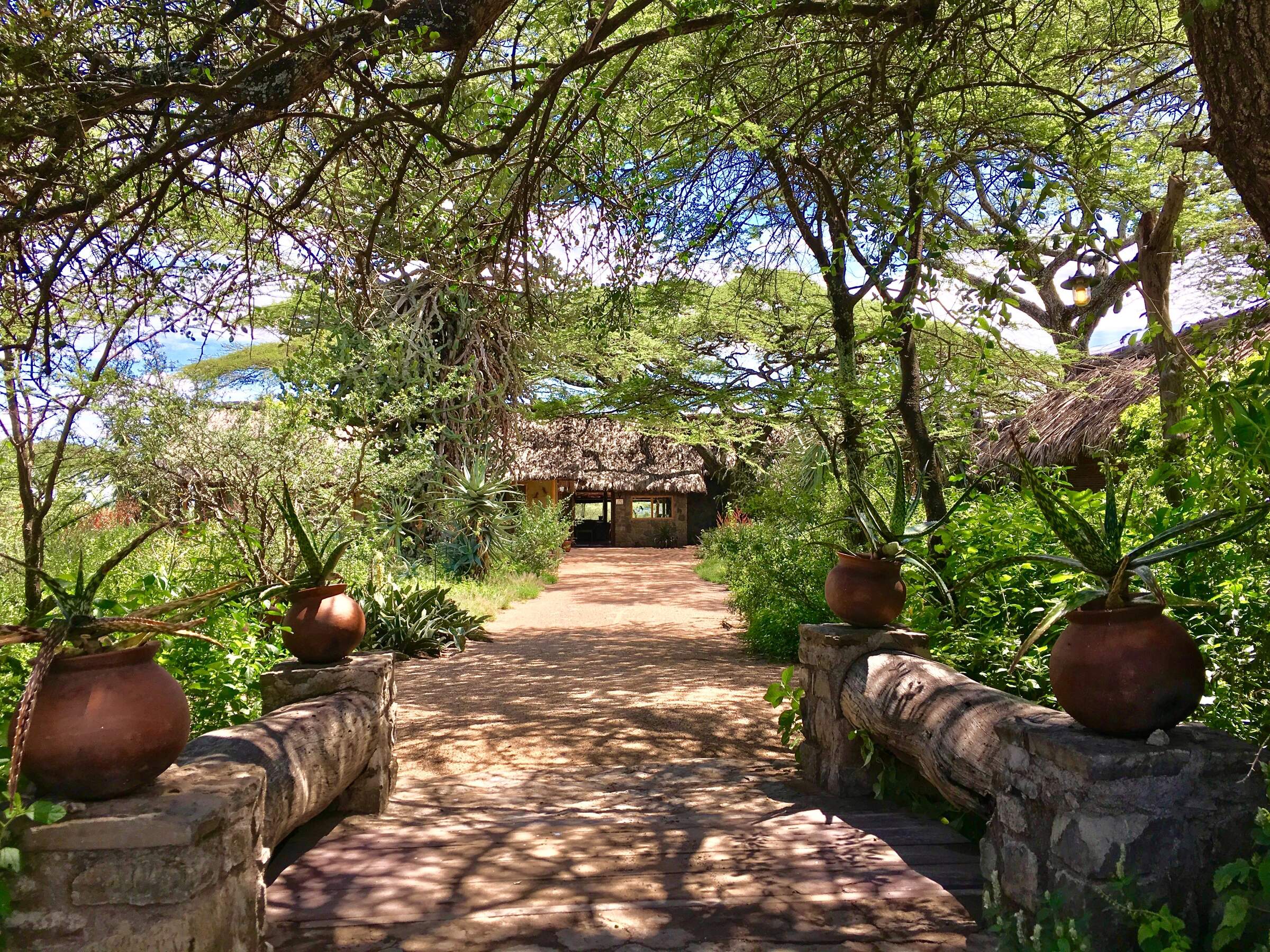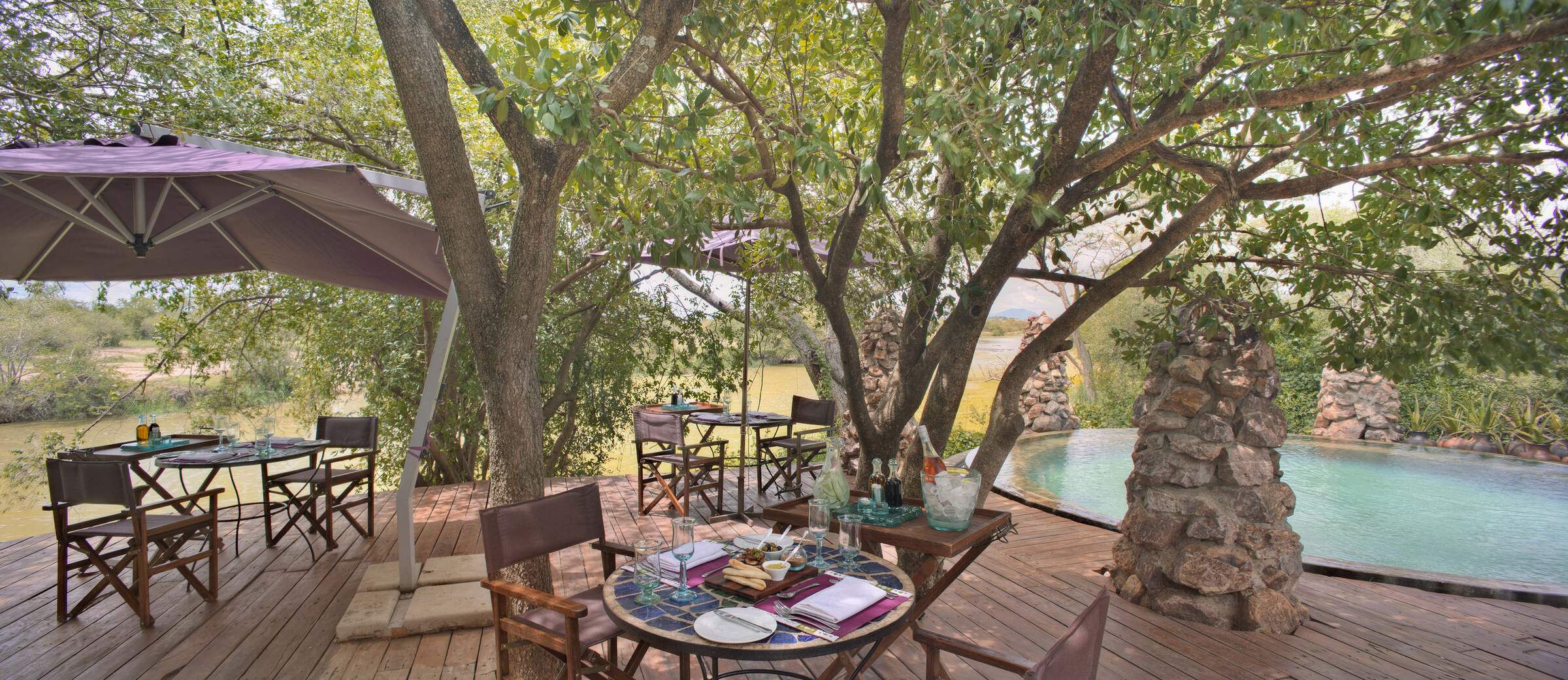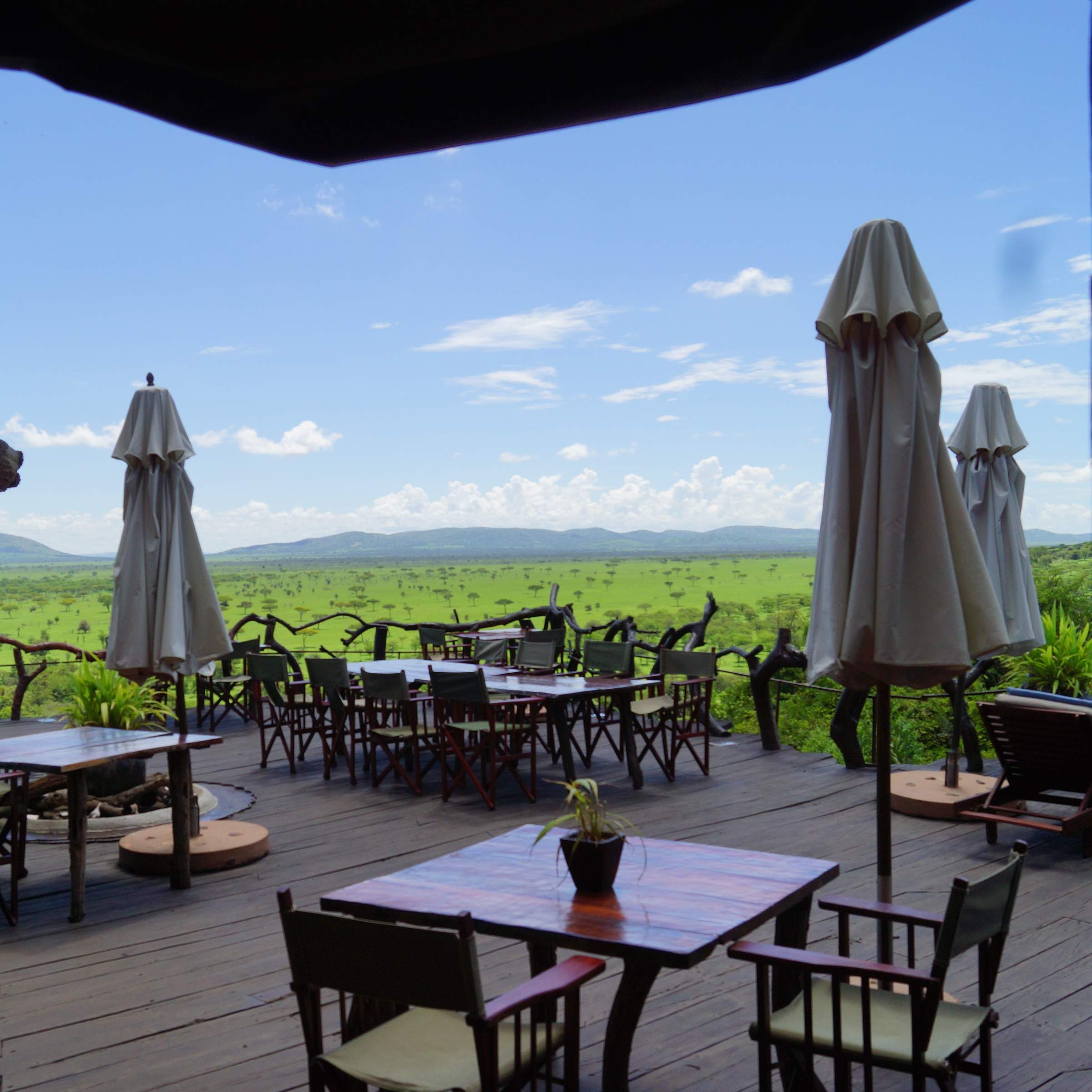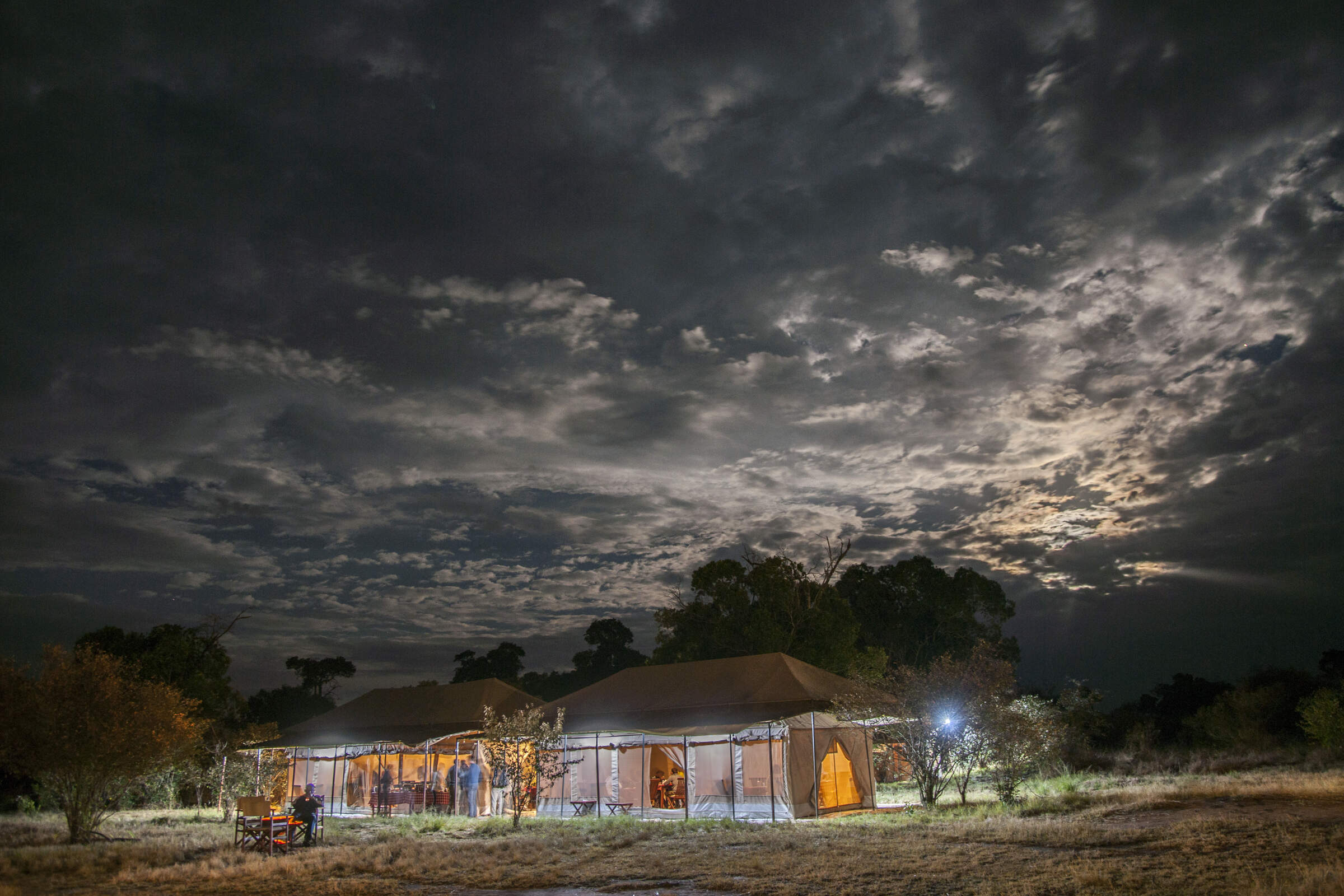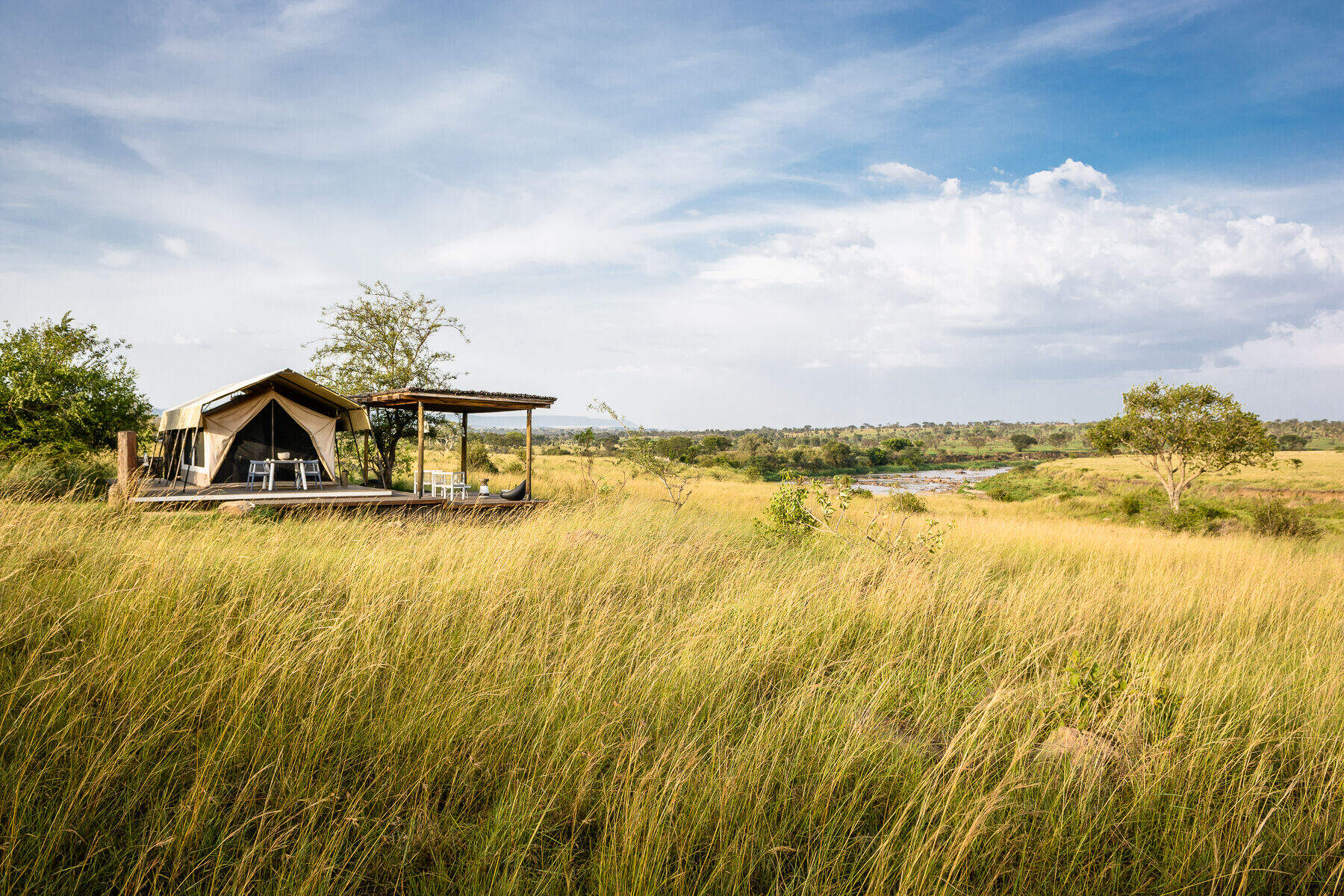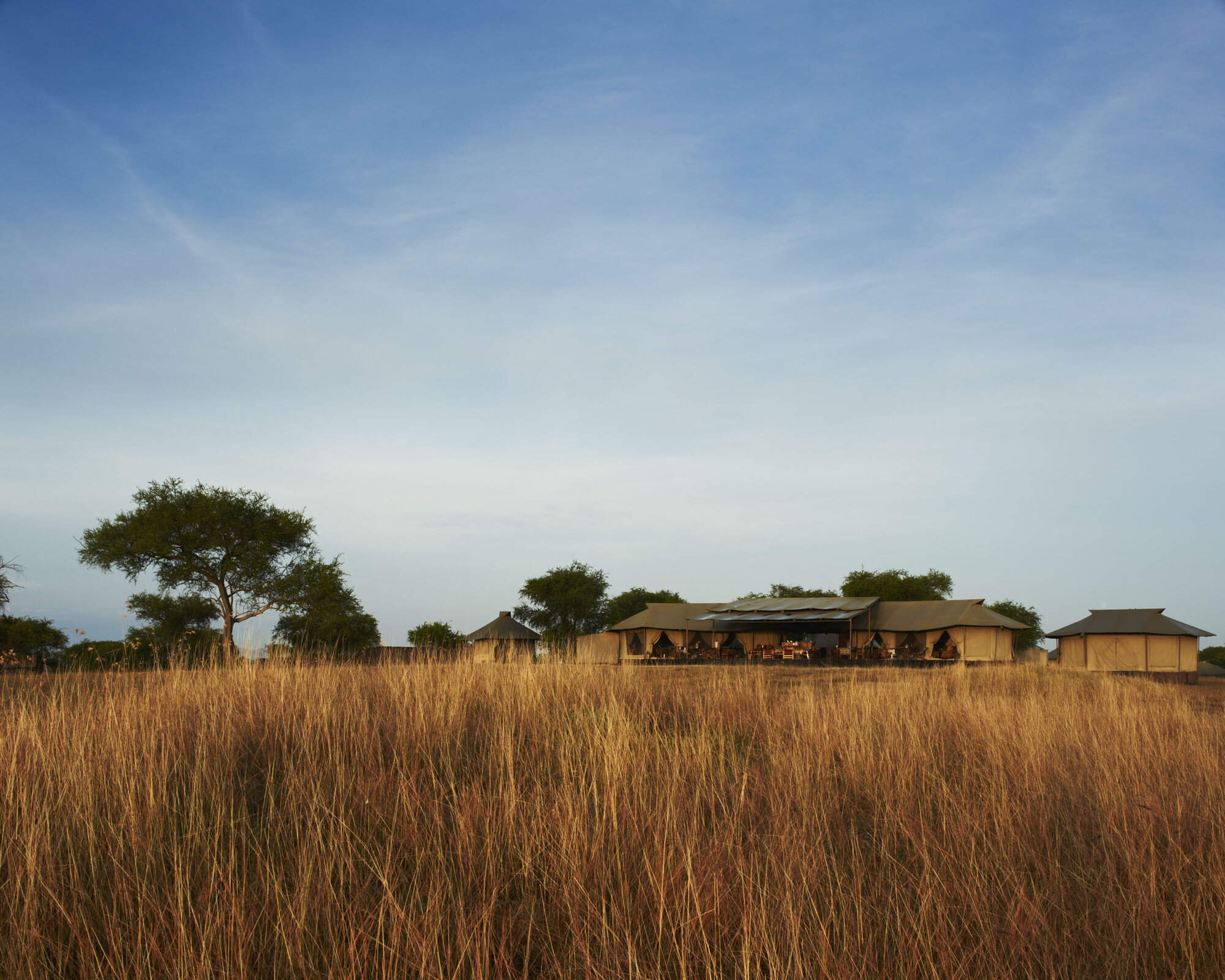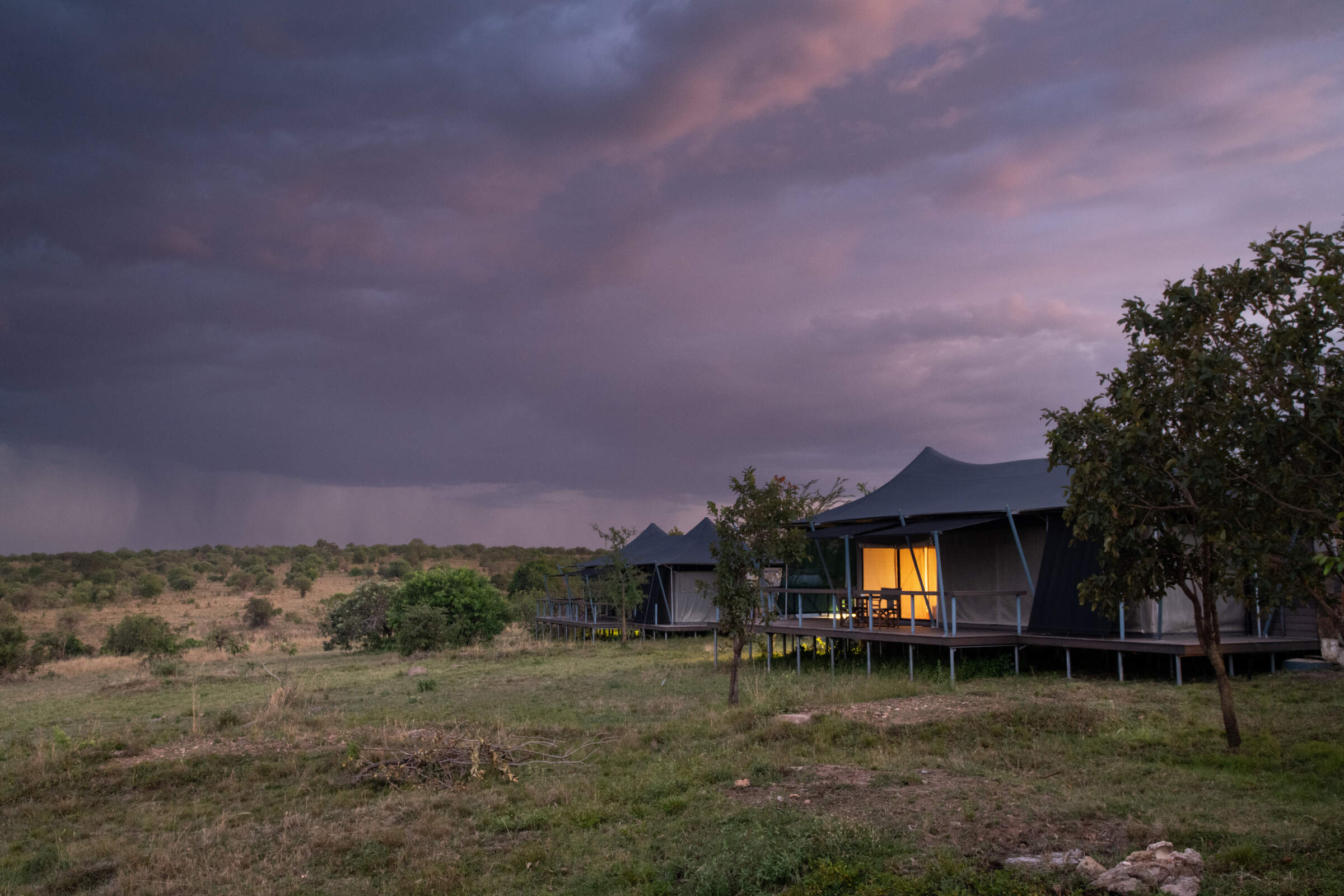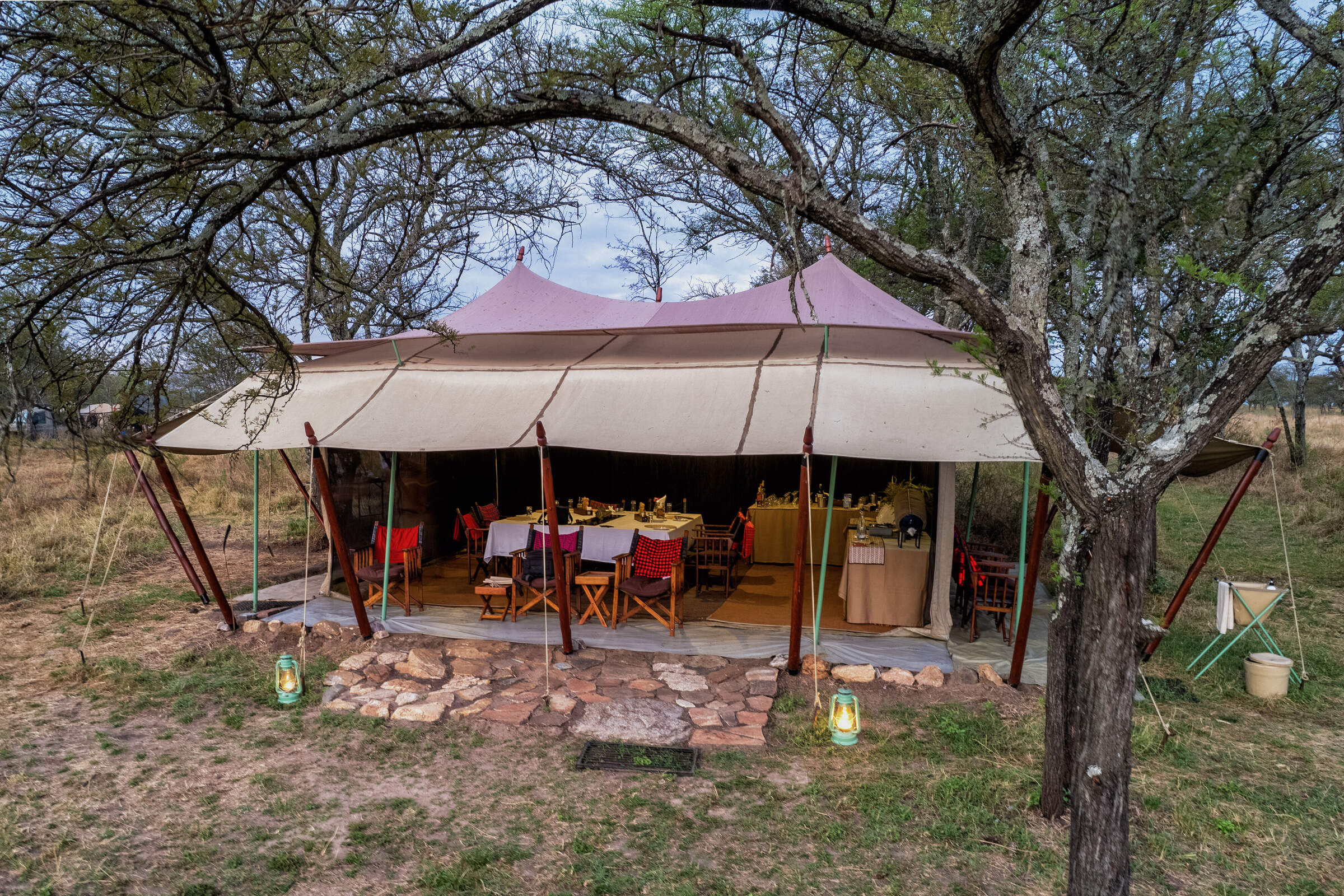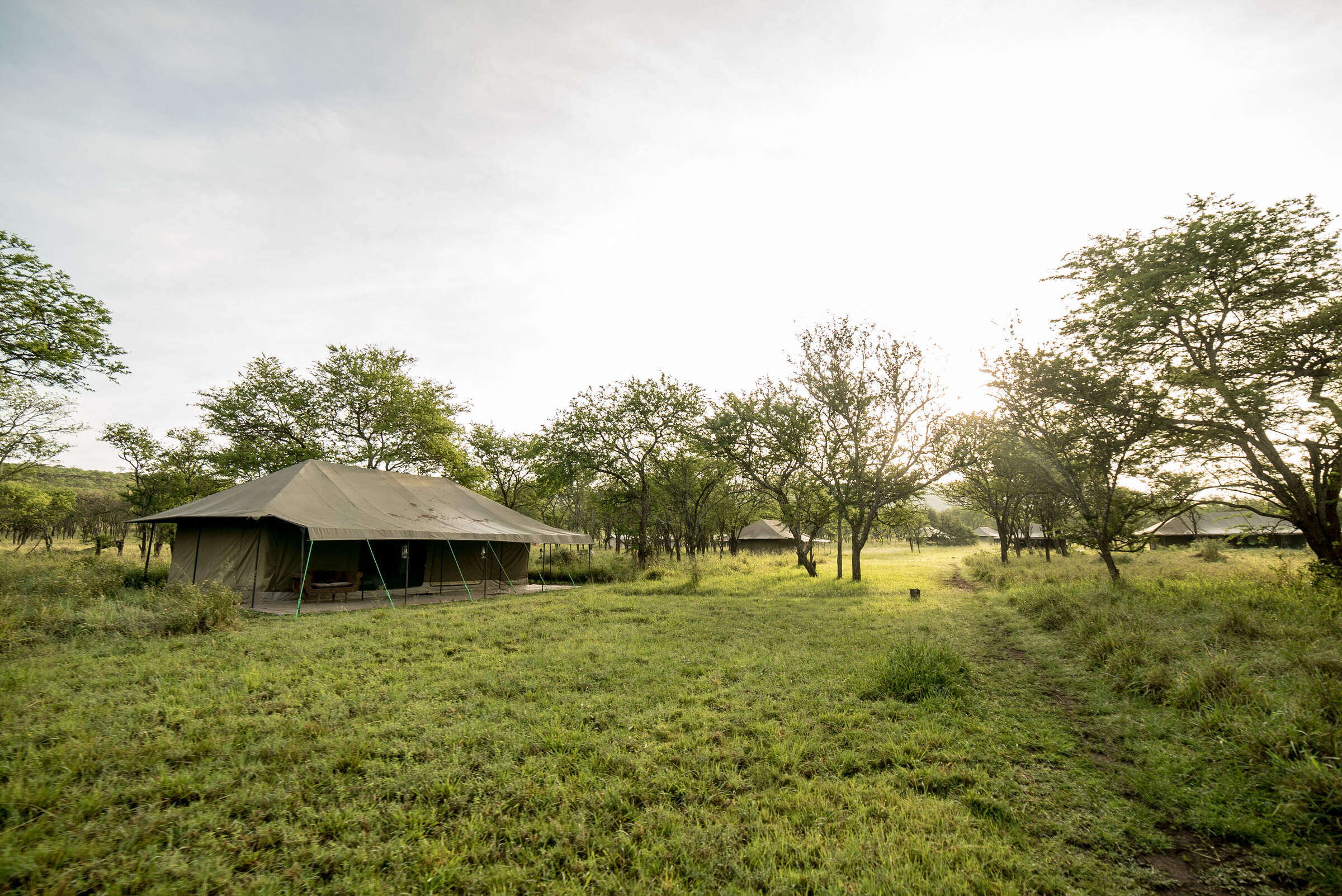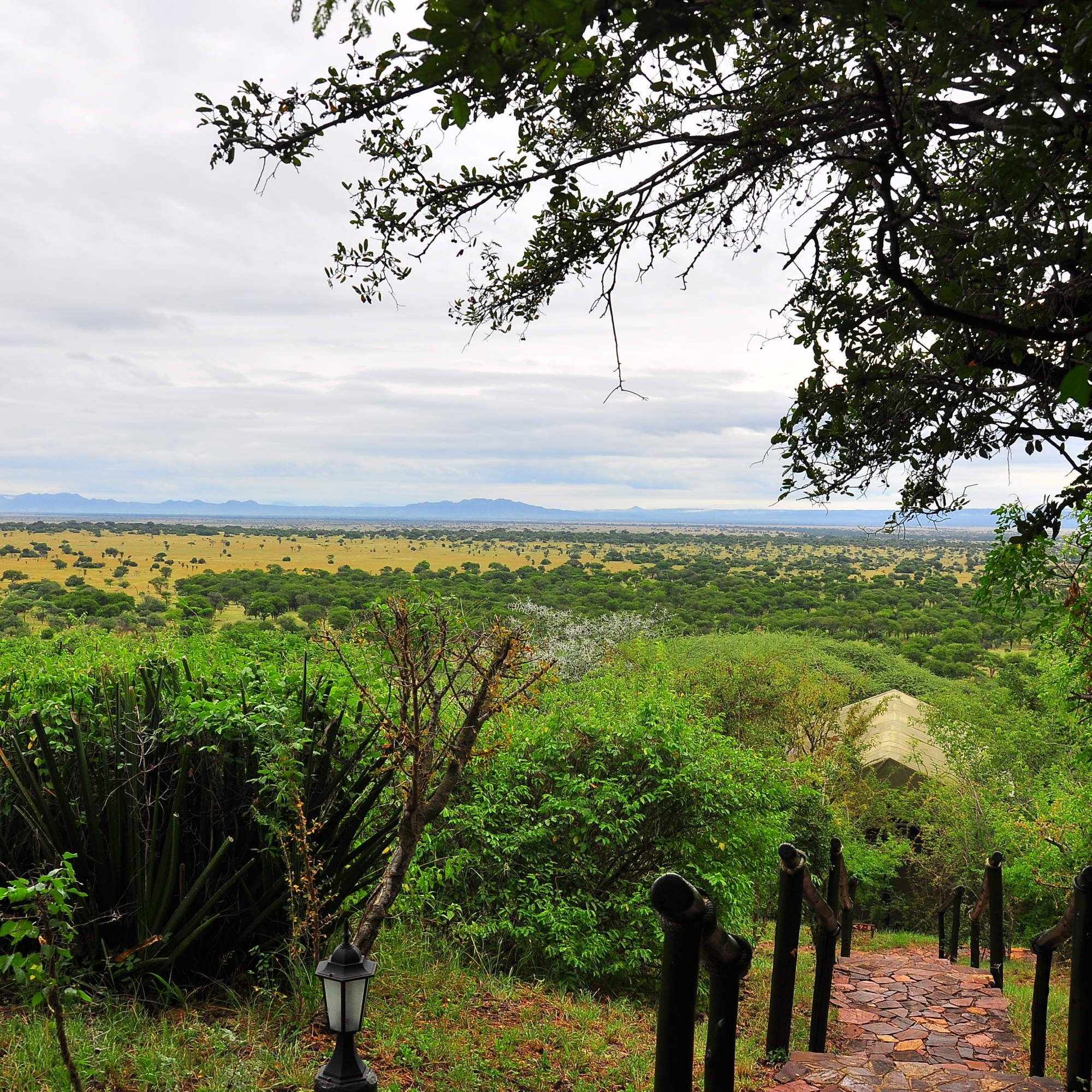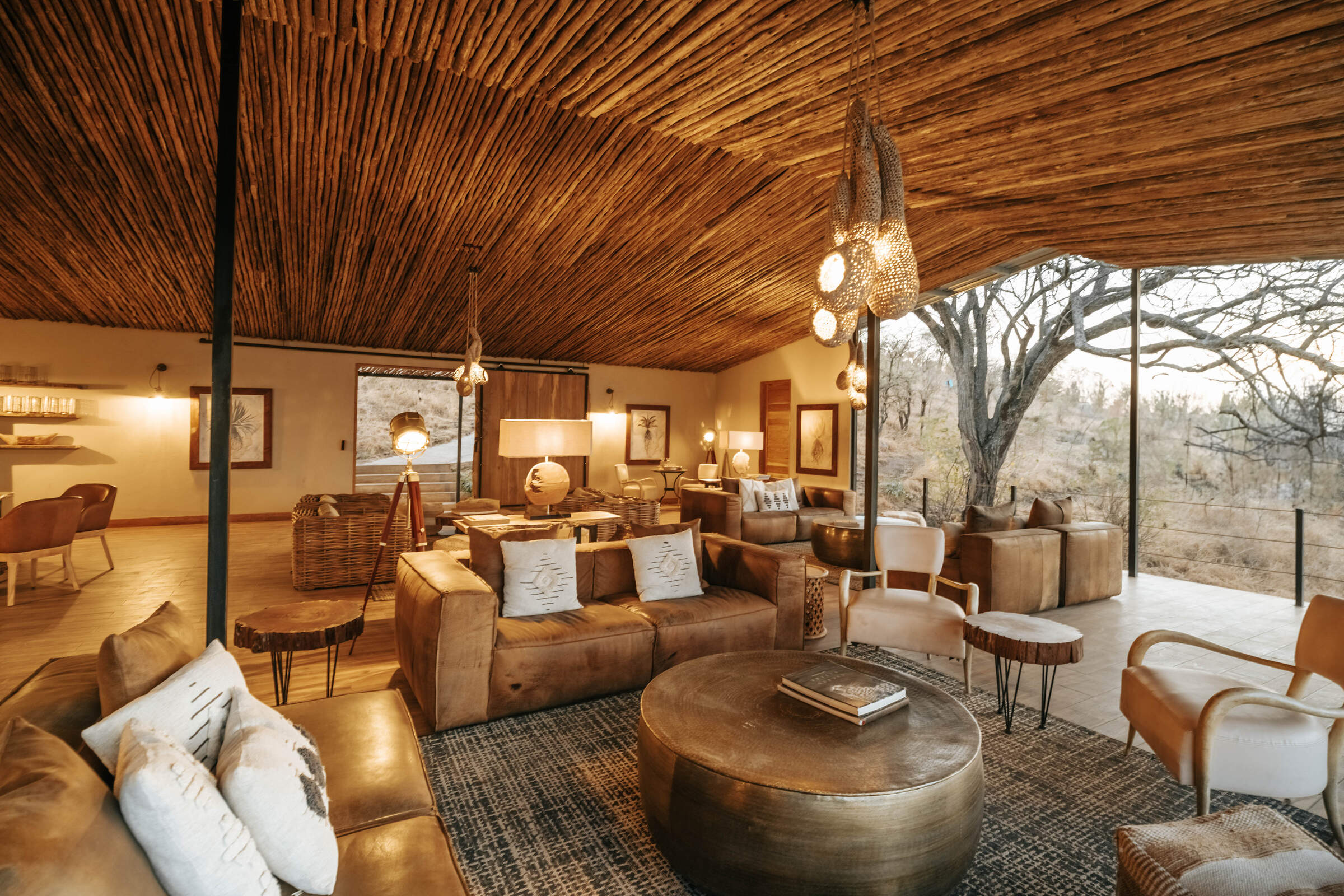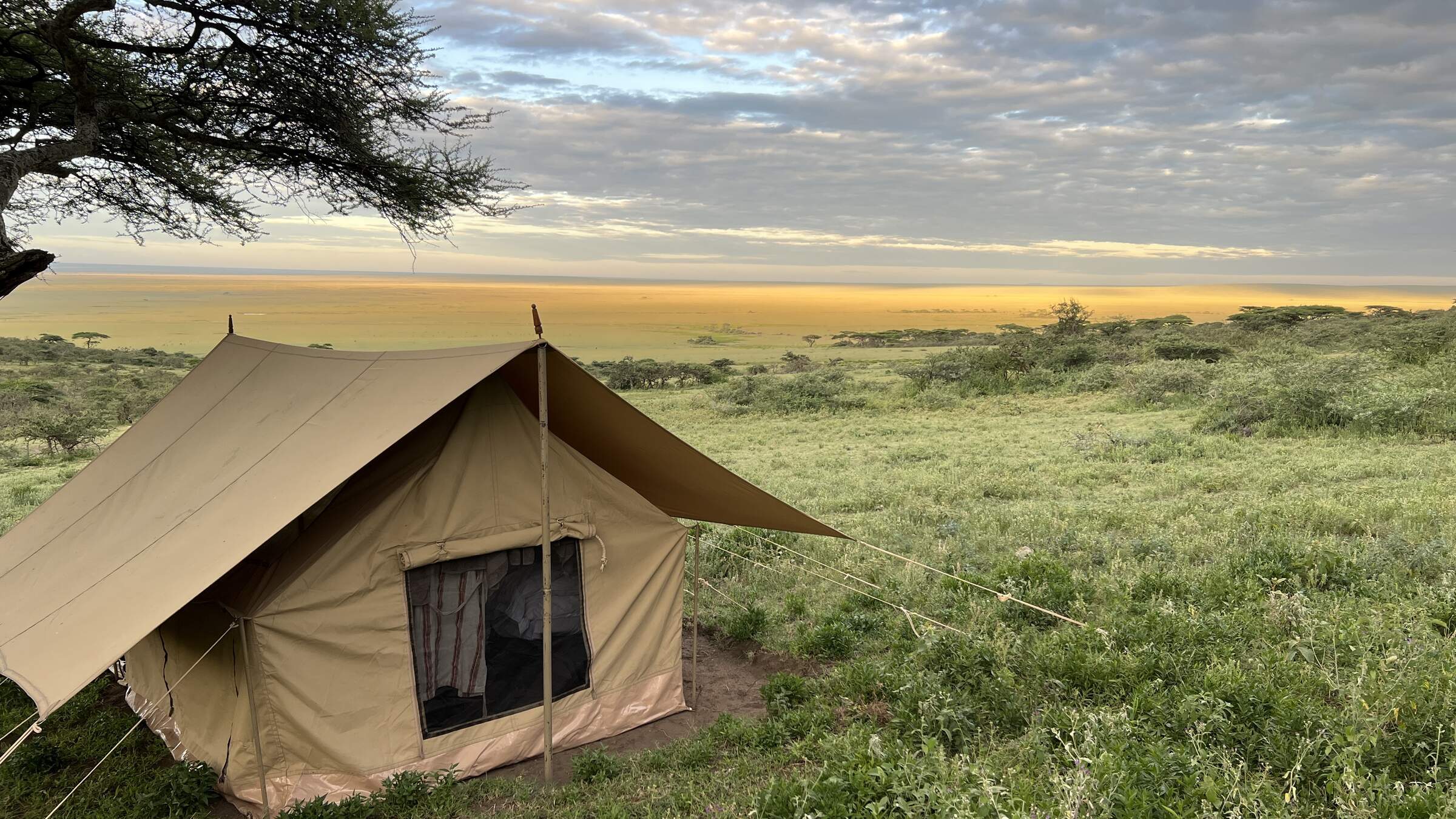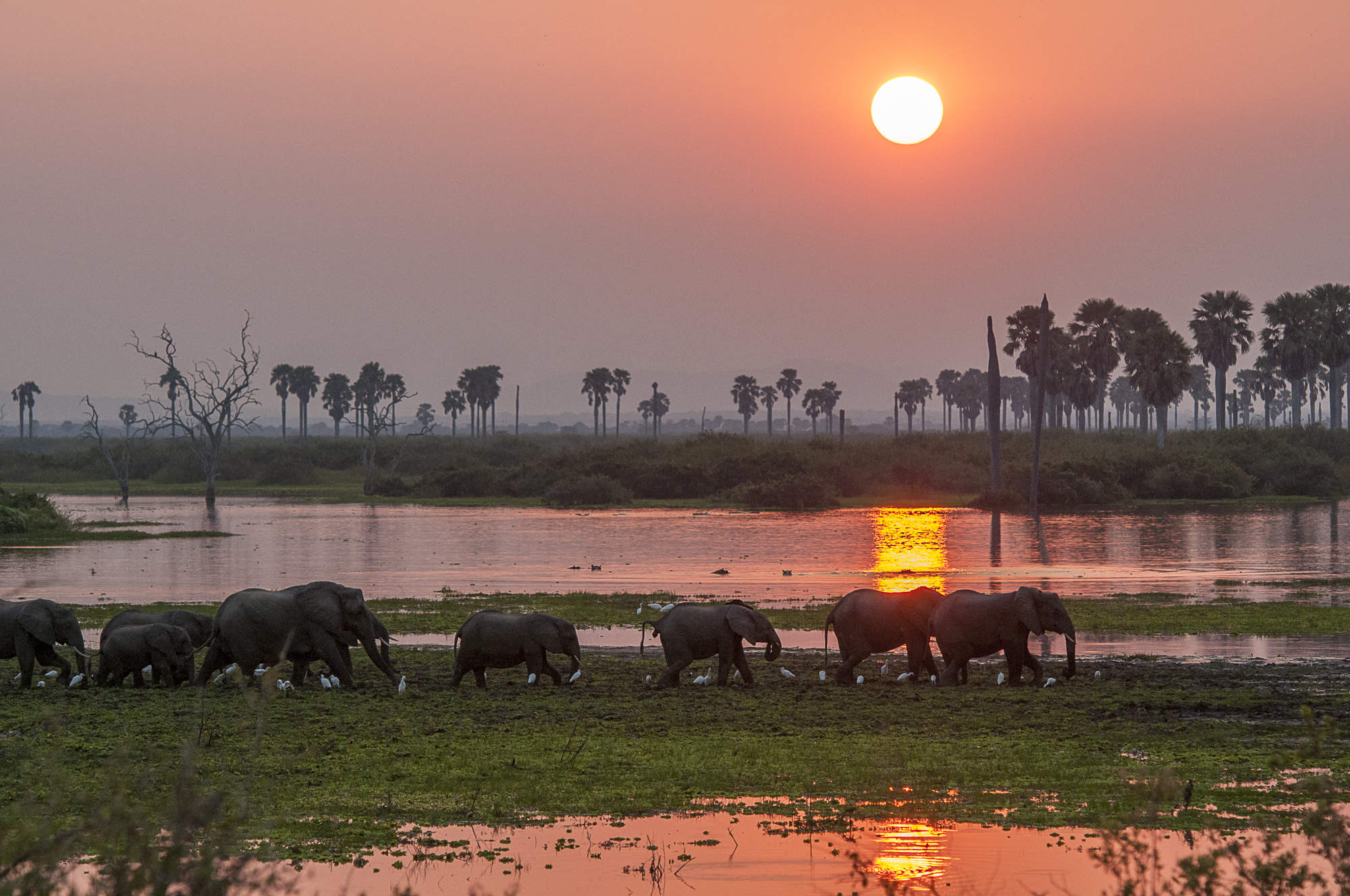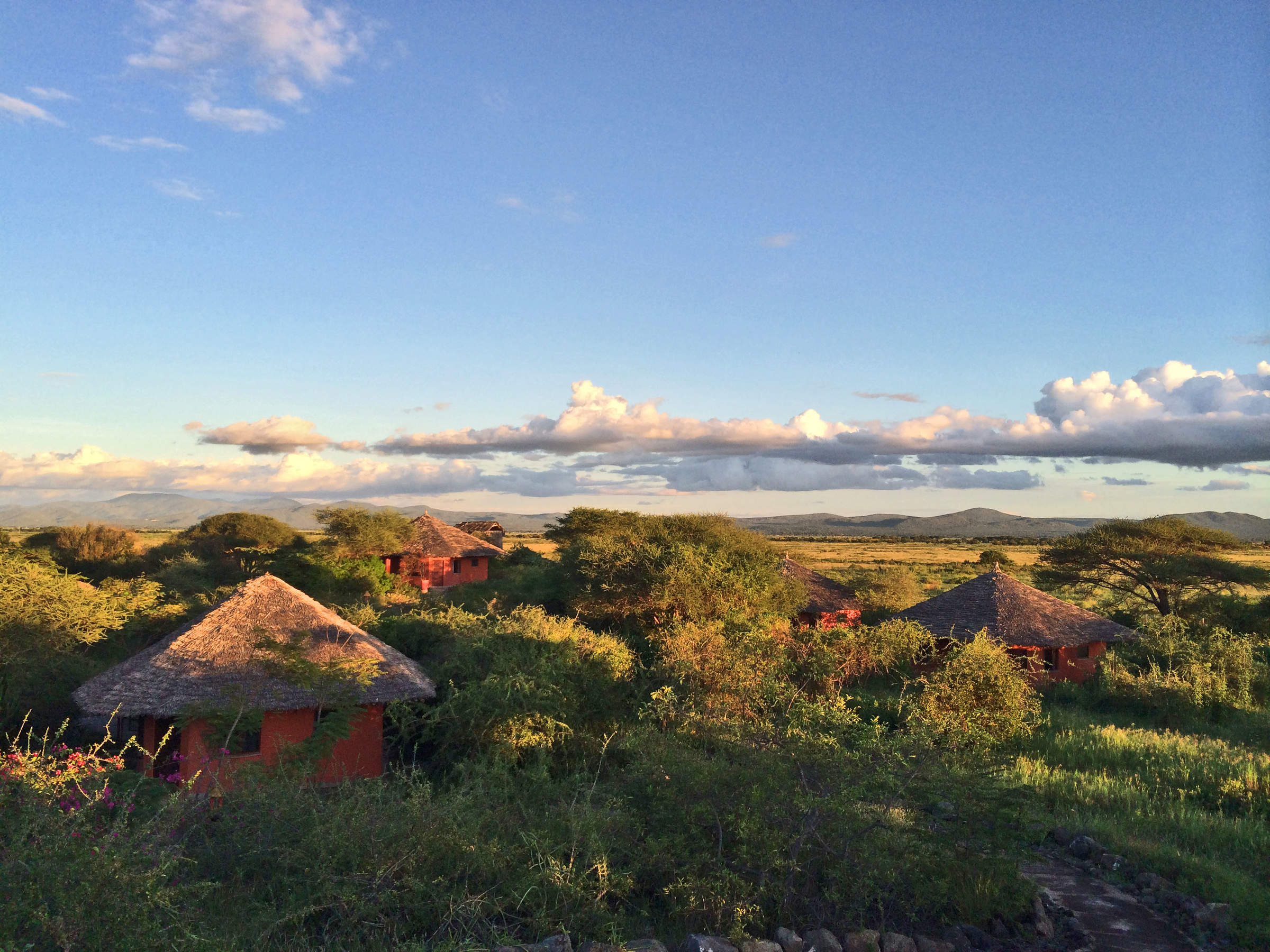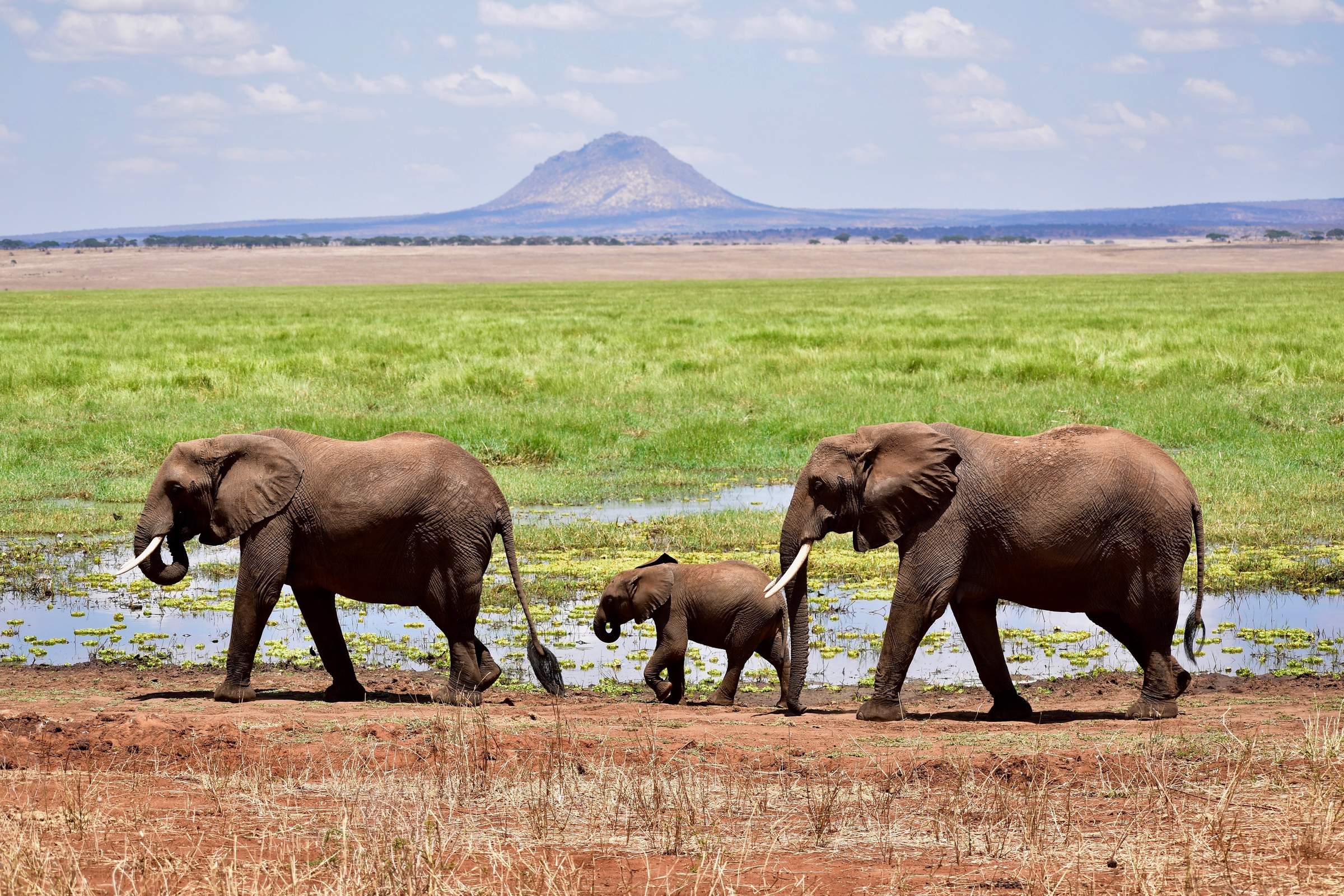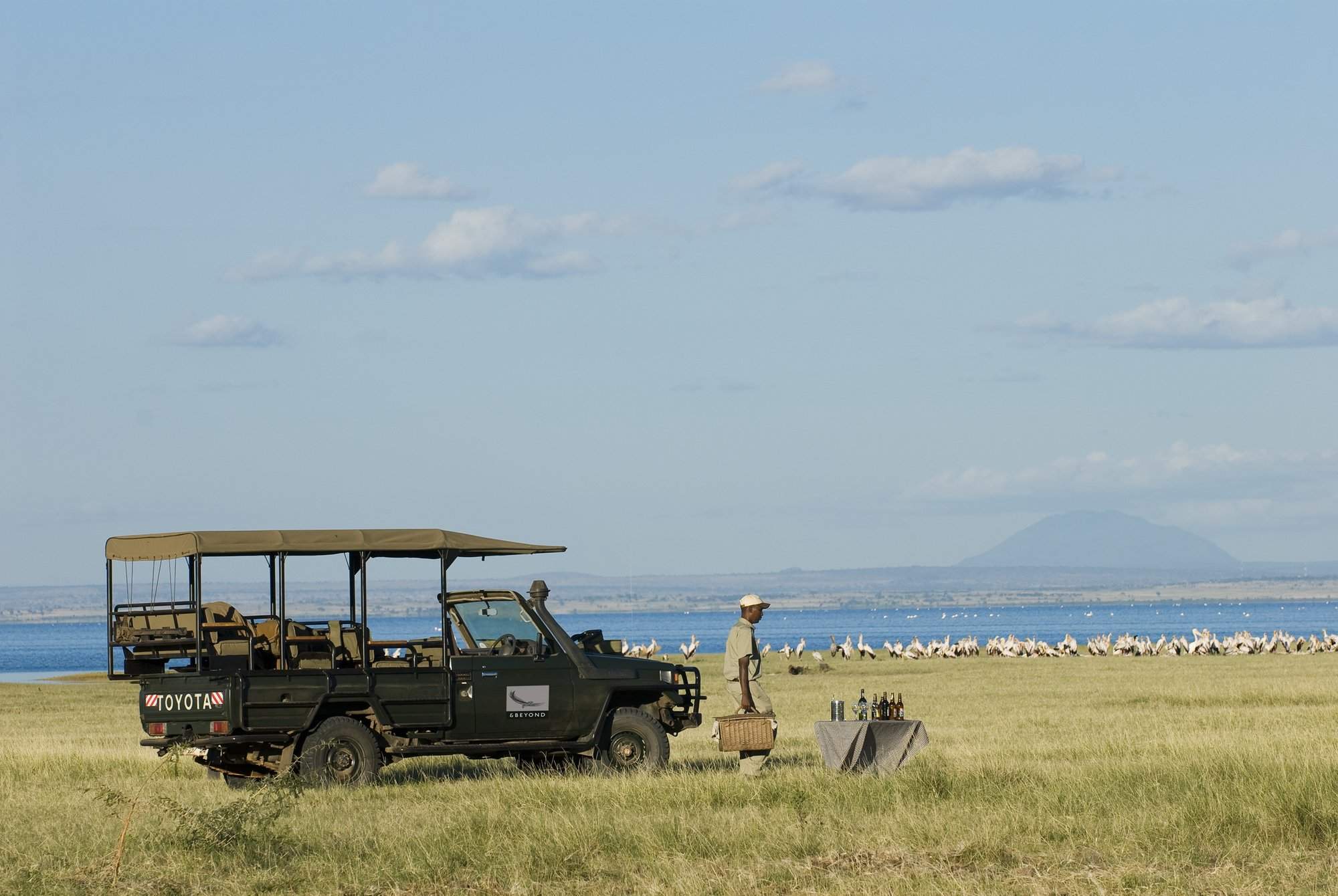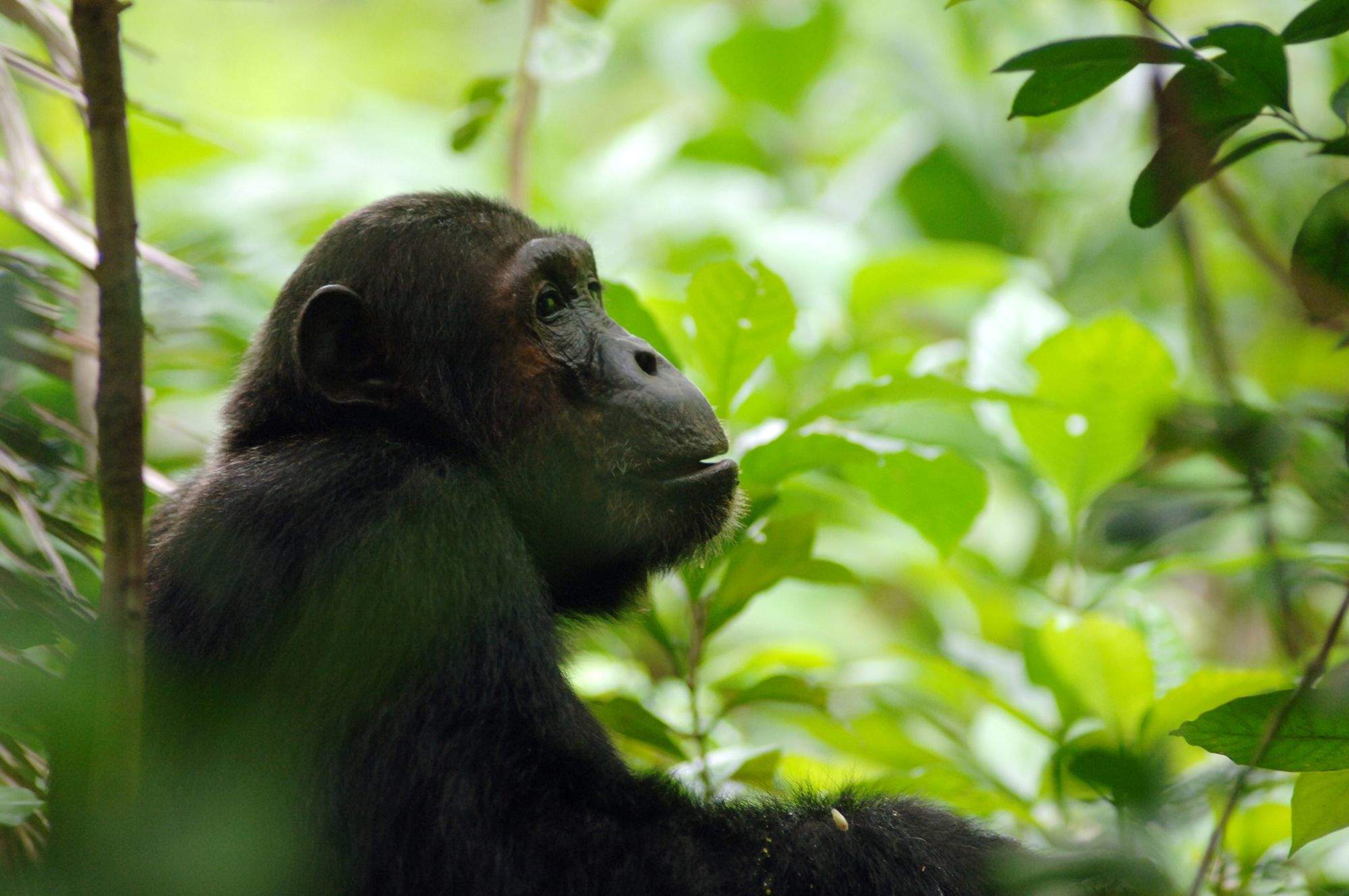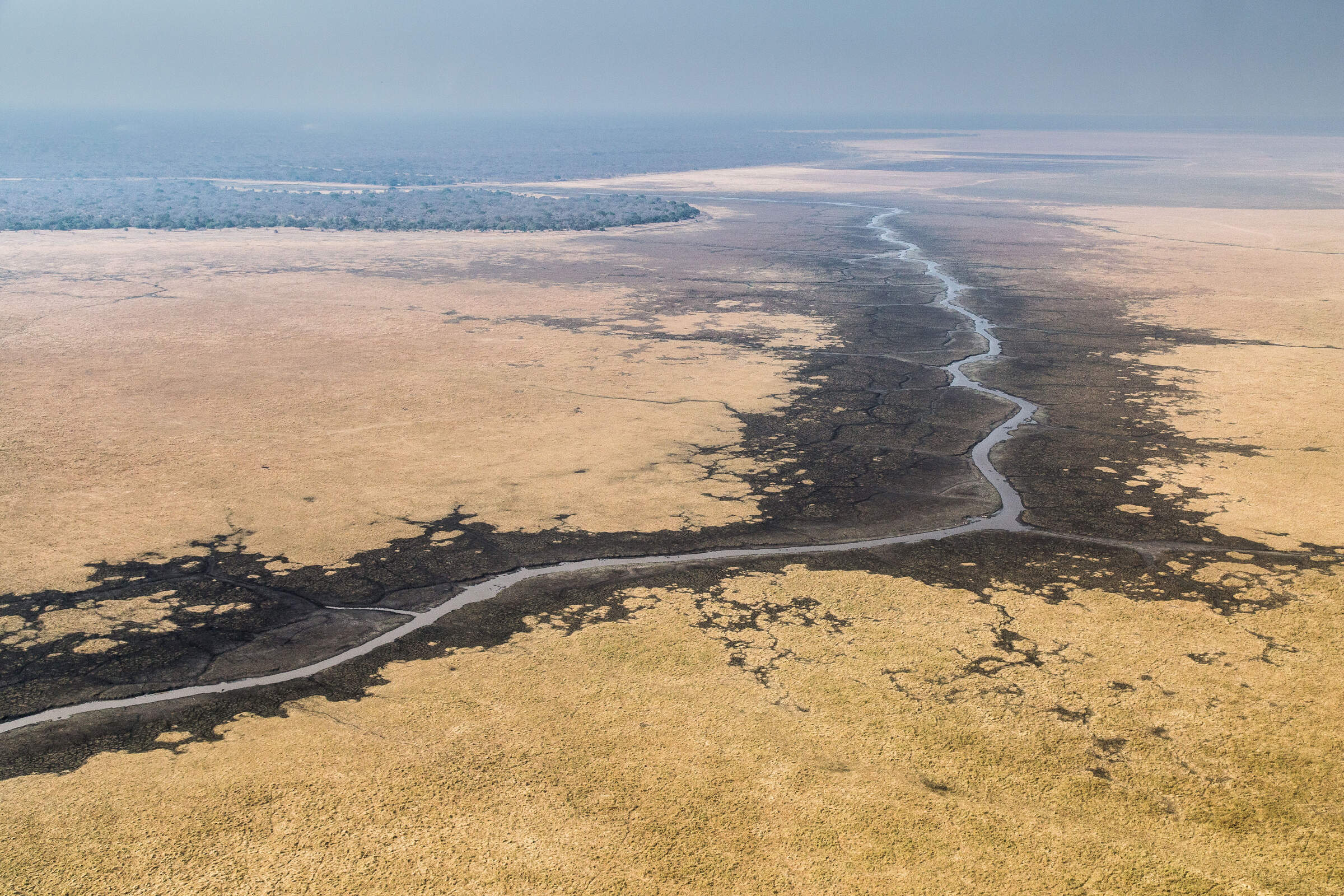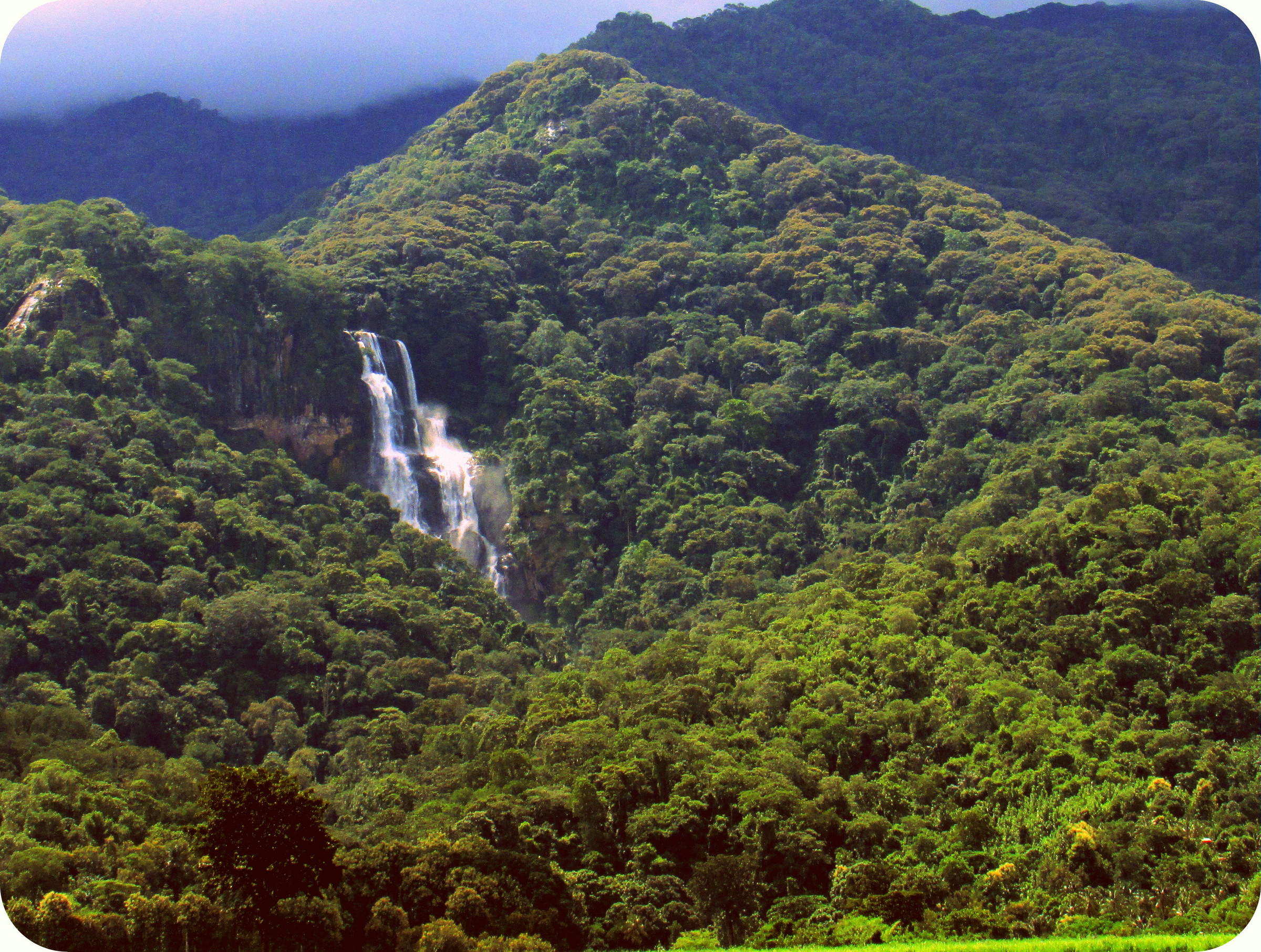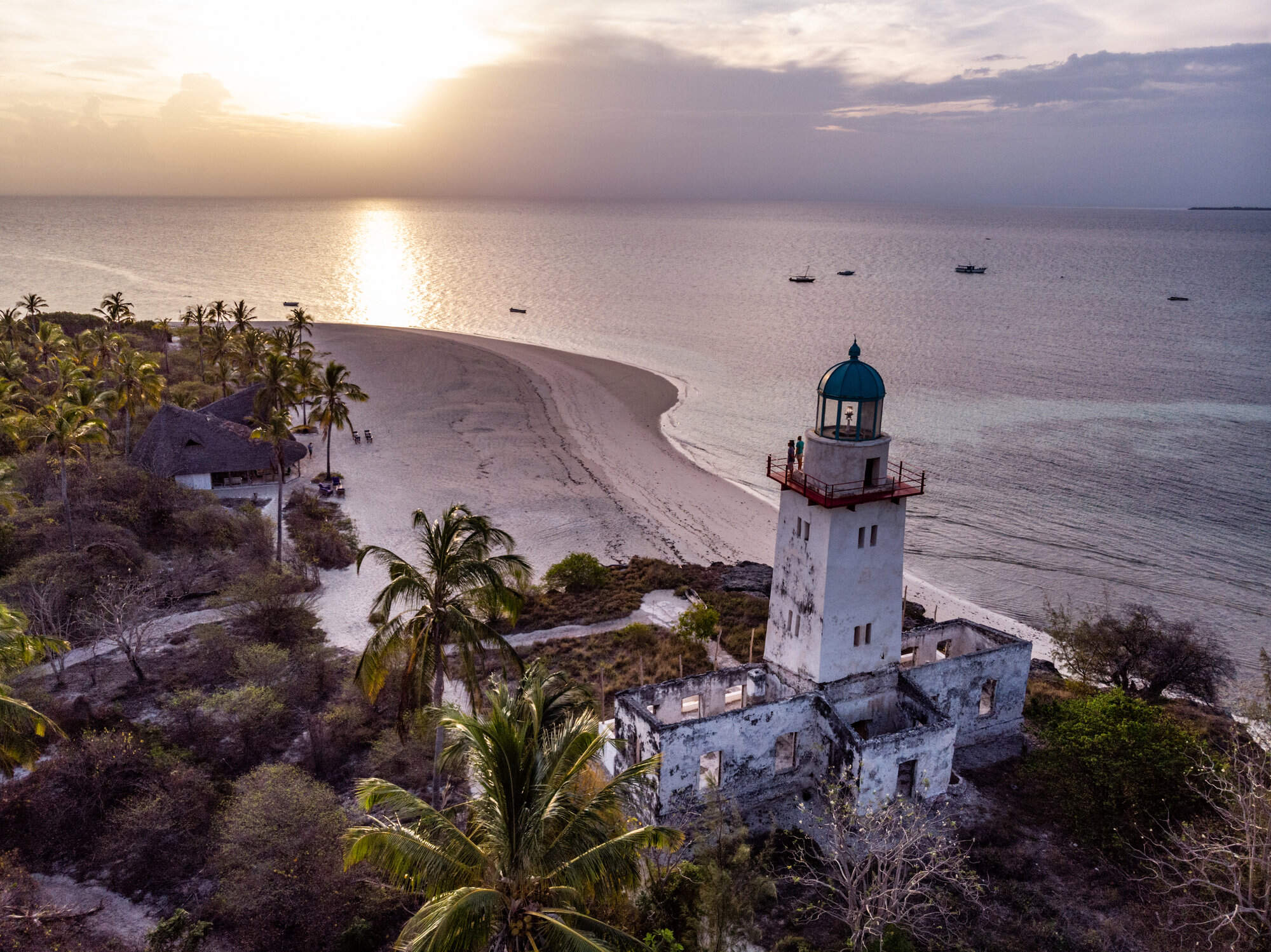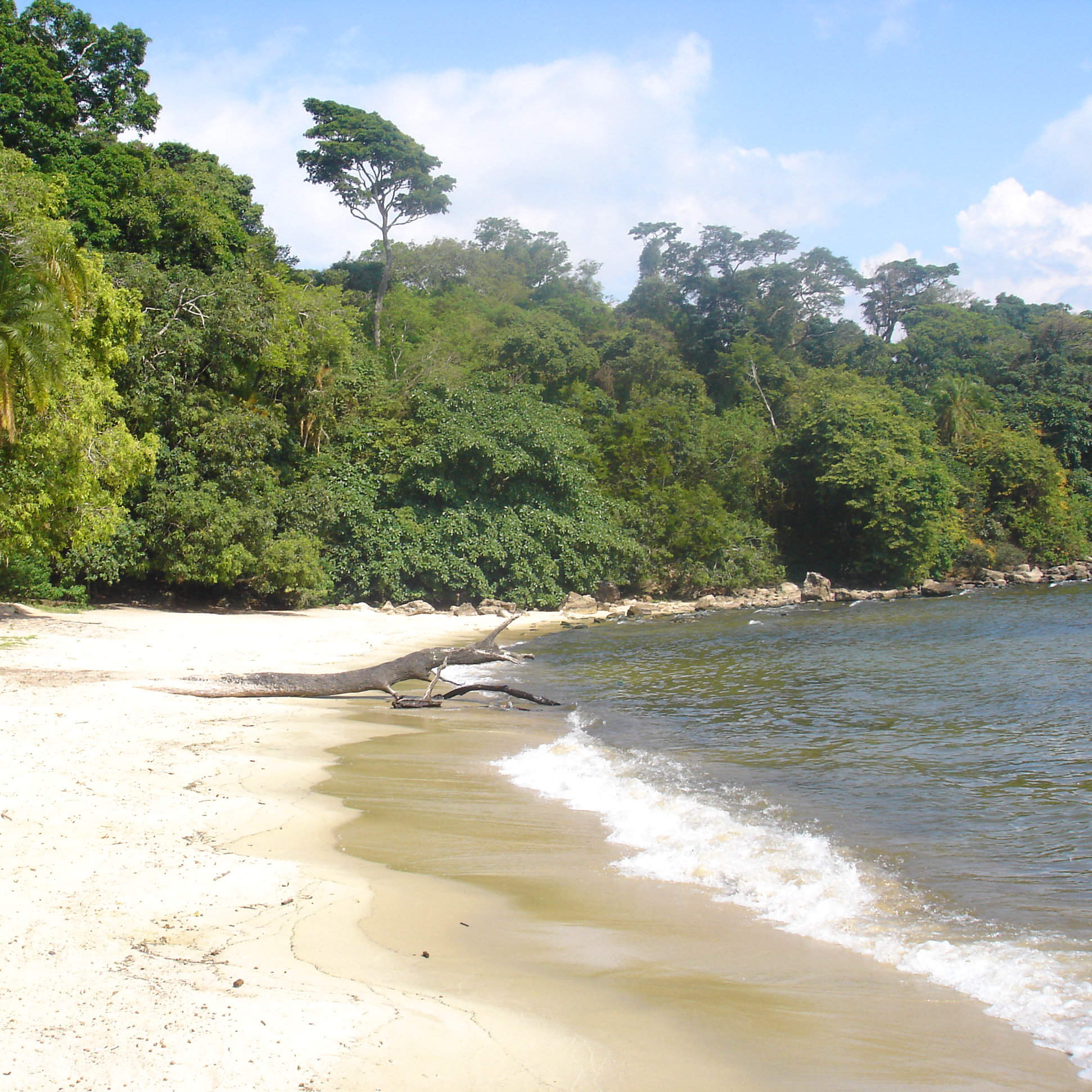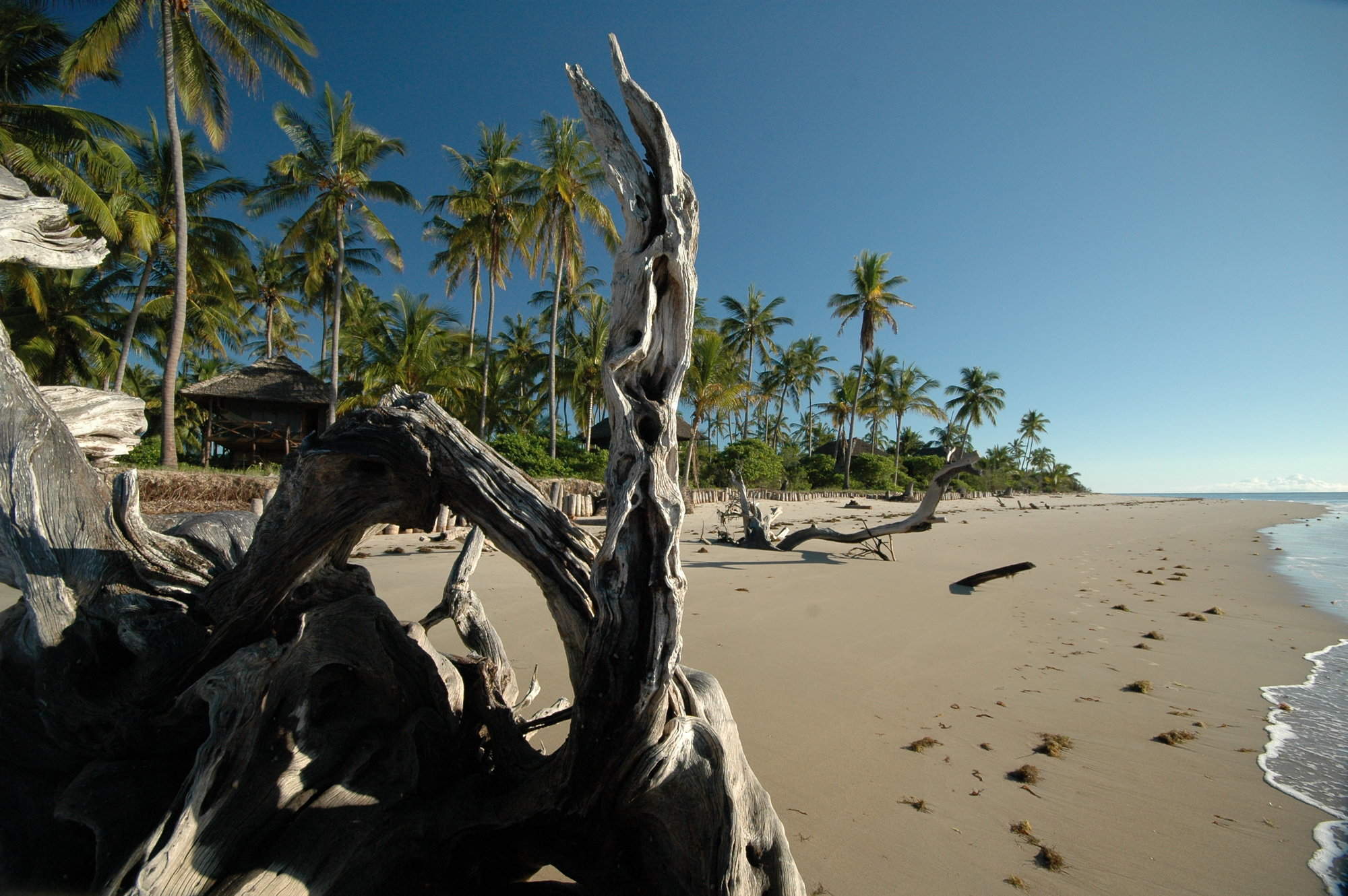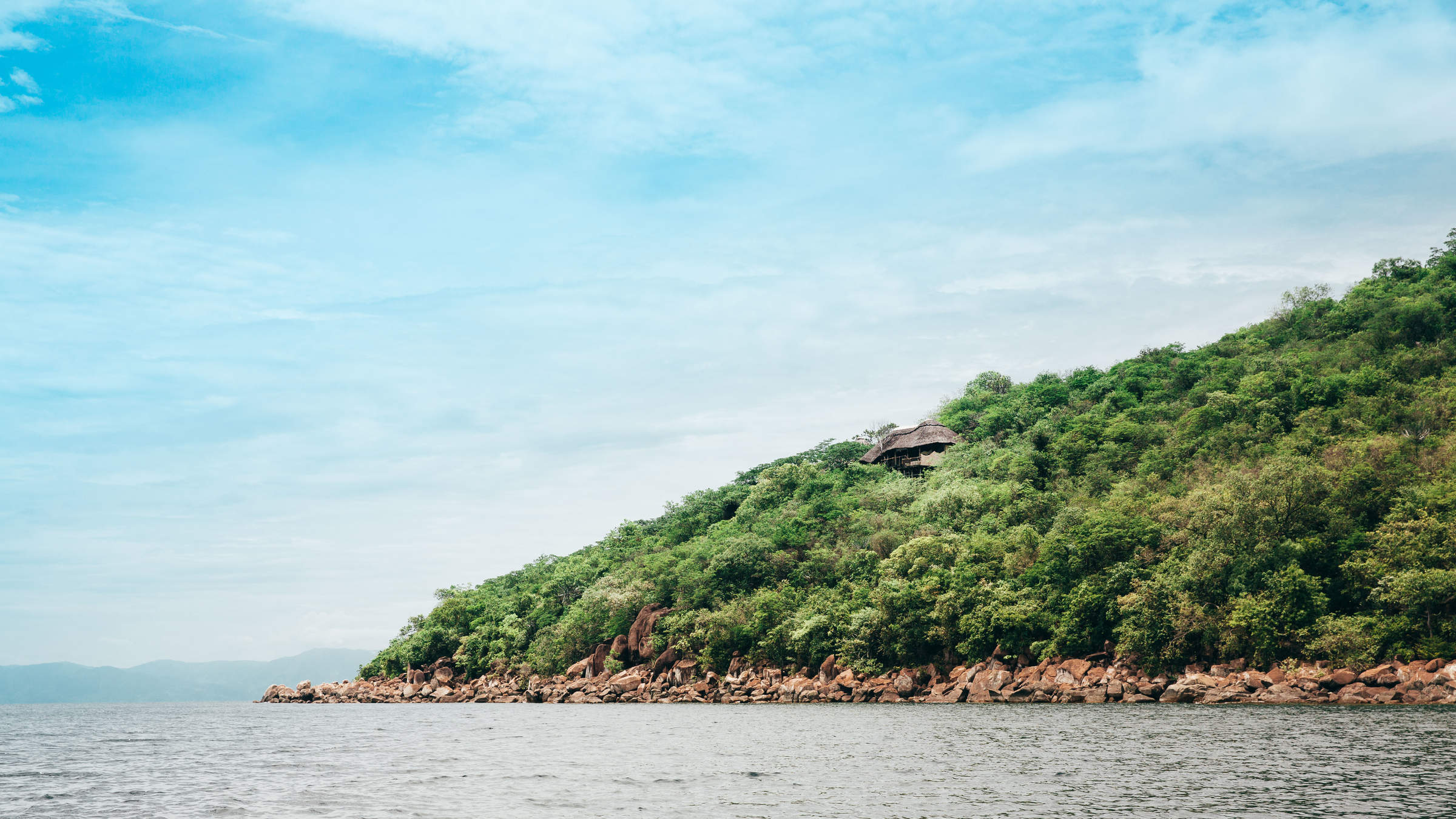Olakira: Our full report
Olakira Camp is a semi-permanent tented camp that moves twice a year between two locations within Tanzania’s ...
... Serengeti National Park, roughly matching the densest part of the wildebeest migration at that time. The camp is usually known as either Olakira Mara or Olakira Ndutu, depending on its current location.Between June and November, Olakira Camp is located on the Mara River in the far north of the Serengeti, near the makutano wildebeest crossing point ('makutano' means 'crossing' in Swahili), where the Bologanja stream enters the Mara. This is a great base to witness the migration roughly from August to the end of October, but it's also worth staying here either side of these months for the resident game in the area. Along with plenty of lions, relaxed leopards, regularly sighted cheetahs and a very healthy population of plains grazers, we have seen black rhinos in this area, and hippos often graze around the tents.
From beginning of December to the end of March, Olakira relocates from the Mara River to the Ndutu area in the far south of the Serengeti ecosytem, which is the best area for witnessing the migration when it is spread out across the southern plains. Please study our moving map of the migration to see where the animals are at different times of the year – though do note that there can be considerable variation year on year and at any one time. For example on our last visit in June 2023, the herds were largely in the west, making their way towards the Mara River.
Olakira itself is a comfortable tented camp, the sister camp of four others in the migration area: Ubuntu, Dunia and Sayari. Its 10 safari tents are spacious, cool and quite stylish, yet also practical, if pitched relatively close together. Thanks to a recent refurbishment, the tents are now raised up on wooden decks. At night this decked area is covered with a mosquito net, and the bed can be wheeled into the space, to allow guests to sleep out under the stars. Quite a special experience!
Inside, neutral colours and tones of charcoal grey accents give a rustic, understated style. The groundsheet floors are scattered with small rugs, and comfortable double, twin or triple beds have dark grey blankets. Bedside lamps (with 24hr power from solar panels), a writing desk, a day bed, and a seating area with a pair of leather-latticed chairs complete the picture. For families, one of the tents can sleep up to six, while in the north, honeymoon couples are generally given tent numbers 4 and 8 for the privacy and the views.
Against the partition leading into the ensuite bathroom, an open sided shelves and hanging cupboard is provided for personal belongings, as well as bathrobes made from beautiful local fabrics.
Large insect-proof windows with canvas flaps can be left open to catch the breeze, or closed for privacy. When we were last at Olakira, we left one of the canvas flaps up and were lucky enough to see a hippo grazing next to our tent in the middle of the night.
A curtain separates the bedroom from the en-suite bathroom, where you will find twin brass basin set into a wooden plinth, a selection of toiletries. More curtains enclose a flushing toilet and separate plumbed shower, with plentiful hot water. There is cold running water (mineral water is provided for drinking and brushing teeth) and a Thermos of hot water which is replenished regularly. Washing powder is provided for ladies to wash their underwear.
In Olakira's lounge tent was recently given a soft refurbishment, now with natural browns and earthly greens, creams to create a rustic yet stylish effect. At night, this is enhanced by atmospheric brass ceiling lampshades. Either side of a large drinks cabinet, two comfortable seating areas feature large sofas gathered around brass drum coffee tables, and additional low set, string woven chairs and benches at the front of the tent. The staff will serve you drinks from the well-stocked bar, but guests may help themselves to coffee and tea at any time.
The dining tent, usually known as 'the mess', has canvas directors' chairs set around square wooden tables, although communal dining at one long table is the norm. In the evenings, guests tend to gather around a fireplace in front for a few convivial drinks in the company of other guests and the guides.
Activities from Olakira are all vehicle-based 4x4 game drives. Guests may either explore the Serengeti with their own private driver/guide or use the guides and vehicles based at the camp. Typically you'll make a plan with your guide the evening before, choosing either to head out for a full day with a packed lunch, or to do morning and afternoon game drives, returning to the camp during the heat of the day. Timings are very flexible.
There are opportunities to arrange bush breakfasts and sundowners in camp or the surrounding area. Perfect for honeymooners or anyone celebrating something special.
Geographics
- Location
- Serengeti Migration Area, Tanzania
- Ideal length of stay
- Spend at least 3 or 4 nights here to explore the area properly – or longer if you have the time.
- Directions
- When the camp is in the south most guests will drive to Olakira with their vehicle and guide, and then drive away again when they move on. When it is in the more remote north you may choose to fly in; the camp is about 30 minutes from the airstrip.
- Accessible by
- Fly-and-Transfer
Food & drink
- Usual board basis
- Full Board & Activities
- Food quality
- The food at Olakira Camp is of a good standard and is fresh and very tasty. When we last stayed, in June 2023, they were serving a variety of international dishes based on fresh ingredients.
Timings for breakfast or brunch were flexible, depending on what we wanted to do in the morning. For breakfast there was a variety of cereals, a cooked breakfast with eggs, plus fruit and yoghurt. Brunch was similar, but with the addition of robust options such as hot open sandwiches and quiches.
For lunch, we were served individual chicken pies, with a selection of salads, dressings and bread which was most enjoyable.
At around 7.00pm, guests start to gather around the campfire for a drink. The chef then announces dinner. This consisted of three set courses. When we last stayed we were served green banana soup and chapatti to start, deliciously season chicken curry, with an assortment of homemade salas and chutneys, followed by a creamy, rich chocolate mousse. - Dining style
- Group Meals
- Dining locations
- Indoor and Outdoor Dining
- Further dining info, including room service
- Tea and coffee is brought to the tents.
- Drinks included
- Most drinks are included. Champagne and certain imported wines and spirits are extra.
Special interests
- Solo Travel
- Olakira Camp can be an inspired choice for solo travel in Tanzania. You'll share your safaris with other guests, and a top safari guide, and everyone dines communally so it's very friendly.
- See ideas for Solo Travel in Tanzania
- Wildlife safaris
- Olakira Camp is a semi-permanent tented camp that moves twice a year, in order to optimise its location for the Serengeti’s wildebeest migration. With careful planning (talk to us about this), it can be the perfect base from which to witness one of nature's greatest spectacles.
- See ideas for Wildlife safaris in Tanzania
- Luxury
- Olakira has undergone a recent refurbishment, and the tents now have a luxurious star gazing deck, allowing guests to wheel the bed out to the front of the tent and sleep out under the stars. Quite a special experience!
- See ideas for Luxury in Tanzania
Children
- Attitude towards children
- Children are welcome.
- Property’s age restrictions
- A 6-plus age restriction is sometimes applied at the Ndutu site.
- Special activities & services
- The is a special childrens menu, and the camp can arrange earlier meal times for children.
- Equipment
- No special equipment.
- Generally recommended for children
- Olakira is a fun and friendly camp whose team will go out of their way to make families feel welcome. Due to the wild nature of the camp, however, it is best suited to children over the age of 12.
- Notes
- Parents should be aware that children should not be allowed to wander around unescorted, and are their responsibility at all times.
Our travellers’ wildlife sightings from Olakira Camp
Since mid-2018, many of our travellers who stayed at Olakira have kindly recorded their wildlife sightings and shared them with us. The results are below. Click an animal to see more, and here to see more on our methodology.

100% success

100% success

100% success

96% success

96% success

92% success

92% success

88% success

87% success

81% success

71% success

40% success

32% success

29% success

20% success

10% success

7% success

0% success
Communications
- Power supply notes
- Power is available 24 hours a day as there is a back-up generator. There are multiple UK-style 3-pin sockets in the lounge tent for charging batteries, as well as one three pin plug and USB charging point in the tents.
- Communications
- The camp has a satellite phone that can be used in emergencies. There is also intermittent cellphone reception around the camp. The tents have two-way radios and there is a computer with online access in the office that guests may use in an emergency. There is WiFi in the main areas with a range of 100m so some tents will have a signal.
- TV & radio
- There is no TV or radio at the camp but there is a TV in the staff camp which guests can watch when major sporting events are taking place.
- Water supply
- Transported in
- Water supply notes
- The main water supply comes by bowser from a nearby borehole. Filtered drinking water is supplied to guests.
Sustainability
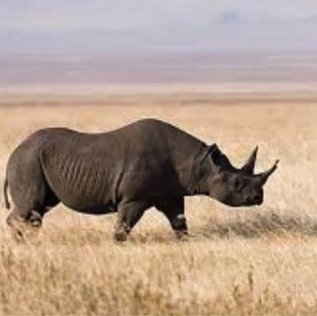
Olakira’s black rhino repatriation project
As a semi-permanent tented camp moving twice a year to follow migration, Olakira Camp is commitment to ‘leave nothing behind but footprints’. Run exclusively by Tanzanian staff, what sets Olakira Camp apart is its dedication for preserving biodiversity. It not only offers green safari experiences, but also guides local communities to bring a positive contribution towards protecting the environment.
The camp supports the well-known Serengeti Lion Project, run by the University of Minnesota, by providing funding and support for the researchers. Moreover, with an all-time low of 2,300 individuals in the wild and less than 100 in Tanzania, Olakira Camp is deeply involved in the Rhino Repatriation Program in order to ensure the survival of the black rhino in Serengeti and stimulate population growth. To this extent, Frankfurt Zoological Society trained all of the camp’s guides and drivers to identify the individual rhinos in the northern Serengeti and participate in ongoing research by reporting and recording all individuals found in this area.
In 2010, the first six rhinos were repatriated. However this was only the beginning, as the final goal of Olakira Camp is to help repatriate 32 black rhinos from South Africa to Serengeti National Park within five years.
See more great sustainability projects in Tanzania
Health & safety
- Malarial protection recommended
- Yes
- Medical care
- The senior staff are first-aid trained and there is first-aid equipment for minor injuries. The camp has links to a medical evacuation service, which may be used in a medical emergency.
- Dangerous animals
- High Risk
- Security measures
- There are guards from the local community and armed government guards on duty. Members of the team escort guests around the camp at night.
- Fire safety
- The camp has a firebreak, and each tent has a fire extinguisher, which all staff are trained to use.
Activities
4WD Safari
Birdwatching
Hot air ballooning
Private activities
Extras
- Disabled access
- On Request
- Laundry facilities
- Laundry is included free of charge. It is hand-washed and line-dried and is returned with 24 hours depending on the weather. However, ladies' underwear cannot be washed: soap powder is provided in bathrooms. Please note that when the area is very dusty, it is not ideal for line-drying clothes.
- Money
- Each tent has a small safe. There are no currency-exchange facilities at Olakira Camp.
- Accepted payment on location
- Olakira Camp can accept cash in US dollars, GBP, Tanzania shillings and euros. Although cash is preferred it is sometimes possible to pay with Visa and Mastercard, with a 4% surcharge, which does not apply on small item purchases and camp tips.
Other lodges in Serengeti Migration Area
Alternative places to stay in this same area.






